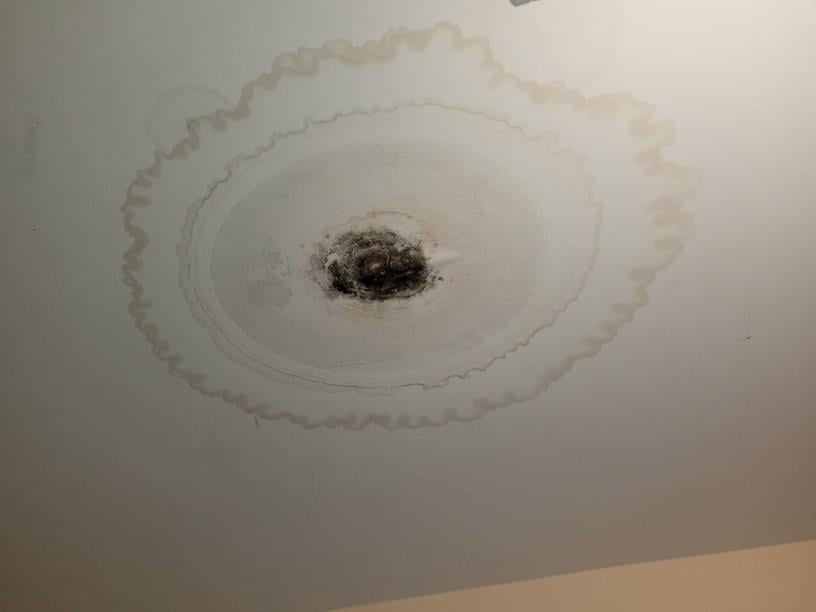Unmasking Concealed Water Line Leaks: 6 Clever Detection Hacks
Unmasking Concealed Water Line Leaks: 6 Clever Detection Hacks
Blog Article
The article in the next paragraphs in relation to Leaking water lines is fairly attention-grabbing. You should give it a look.

Early discovery of leaking water lines can minimize a potential calamity. Some little water leaks might not be noticeable.
1. Take A Look At the Water Meter
Every house has a water meter. Inspecting it is a proven way that aids you discover leaks. For beginners, turn off all the water resources. Ensure nobody will certainly flush, utilize the tap, shower, run the washing device or dish washer. From there, go to the meter as well as watch if it will certainly change. Considering that no person is using it, there must be no motions. If it relocates, that indicates a fast-moving leak. If you identify no adjustments, wait a hr or 2 as well as check back once more. This suggests you might have a sluggish leak that might even be underground.
2. Check Water Usage
If you find sudden adjustments, in spite of your consumption being the very same, it implies that you have leaks in your plumbing system. An abrupt spike in your expense indicates a fast-moving leakage.
A constant boost every month, also with the exact same behaviors, reveals you have a slow leakage that's also gradually escalating. Call a plumber to extensively check your residential or commercial property, particularly if you feel a warm location on your floor with piping below.
3. Do a Food Coloring Test
When it comes to water usage, 30% comes from commodes. Examination to see if they are running correctly. Decline specks of food shade in the tank and also wait 10 minutes. If the shade somehow infiltrates your dish during that time without flushing, there's a leakage between the container and dish.
4. Asses Outside Lines
Do not forget to check your outdoor water lines also. Needs to water permeate out of the link, you have a loosened rubber gasket. One little leakage can throw away bunches of water and spike your water bill.
5. Examine and Evaluate the Situation
Homeowners ought to make it a practice to check under the sink counters and also inside closets for any kind of bad odor or mold and mildew growth. These two red flags indicate a leak so punctual interest is needed. Doing routine evaluations, even bi-annually, can conserve you from a significant issue.
Examine for stainings as well as compromising as the majority of pipelines and devices have a life span. If you suspect leaking water lines in your plumbing system, do not wait for it to rise.
Early discovery of leaking water lines can minimize a prospective disaster. Some little water leaks may not be noticeable. Checking it is a proven way that aids you find leakages. One small leakage can squander loads of water and also surge your water costs.
If you think dripping water lines in your plumbing system, don't wait for it to rise.
WARNING SIGNS OF WATER LEAKAGE BEHIND THE WALL
PERSISTENT MUSTY ODORS
As water slowly drips from a leaky pipe inside the wall, flooring and sheetrock stay damp and develop an odor similar to wet cardboard. It generates a musty smell that can help you find hidden leaks.
MOLD IN UNUSUAL AREAS
Mold usually grows in wet areas like kitchens, baths and laundry rooms. If you spot the stuff on walls or baseboards in other rooms of the house, it’s a good indicator of undetected water leaks.
STAINS THAT GROW
When mold thrives around a leaky pipe, it sometimes takes hold on the inside surface of the affected wall. A growing stain on otherwise clean sheetrock is often your sign of a hidden plumbing problem.
PEELING OR BUBBLING WALLPAPER / PAINT
This clue is easy to miss in rooms that don’t get much use. When you see wallpaper separating along seams or paint bubbling or flaking off the wall, blame sheetrock that stays wet because of an undetected leak.
BUCKLED CEILINGS AND STAINED FLOORS
If ceilings or floors in bathrooms, kitchens or laundry areas develop structural problems, don’t rule out constant damp inside the walls. Wet sheetrock can affect adjacent framing, flooring and ceilings.
https://www.servicemasterbyzaba.com/blog/how-to-detect-water-leakage-in-walls/

As a fervent reader on Leaking water lines, I think sharing that information was essential. Are you aware of another individual who is looking into the topic? Feel free to promote it. Thank-you for your time invested reading it.
Call, we deliver! Report this page